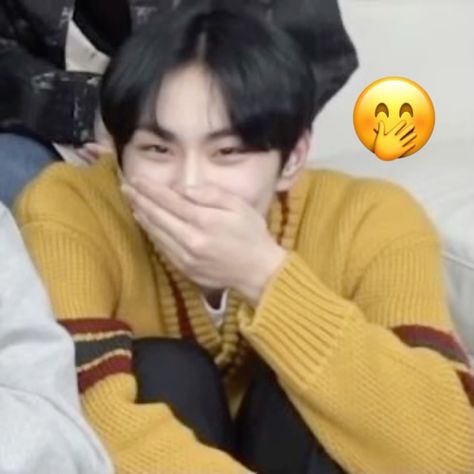Psychology of Prejudice Final Exam Review w/motivating kpop pics
1/163
Earn XP
Description and Tags
Name | Mastery | Learn | Test | Matching | Spaced |
|---|
No study sessions yet.
164 Terms
What is ageism?
Evaluative judgments about someone simply due to their advanced age.

What categories do researchers use to define old age?
Young (20s to 30s),
middle-aged (35 to 60),
young-old (60 to 75),
old-old (75-85),
oldest-old (85+).

What is primary aging?
Normal, but irreversible changes to the body and mind due to biological processes.

What is secondary aging?
Changes related to disease, lifestyle choices, or environmental effects.

What stereotype is commonly held about older adults' memory?
belief that memory declines with age and does so precipitously after age 40.

What are examples of secondary aging??
Alzheimer’s, Smoking, Pollution, climate, isolation
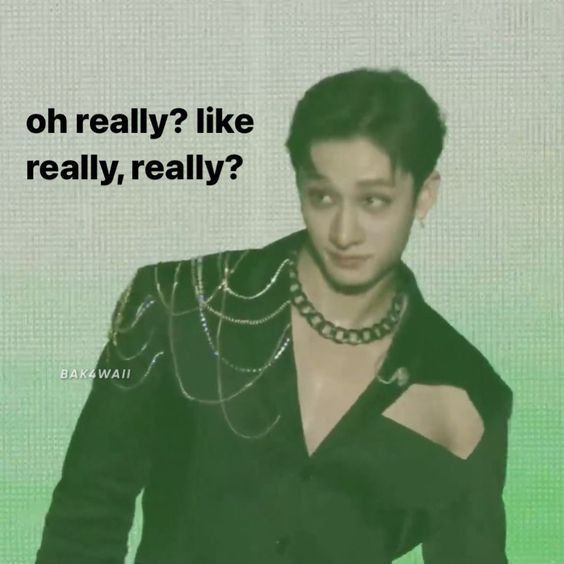
What is benevolent ageism?
A stereotype viewing older adults as 'weak but wonderful', which can lead to lower life satisfaction.
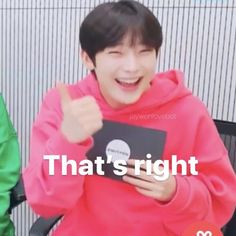
What is the double standard of aging?
Women are believed to age about two years earlier than men and face greater scrutiny regarding physical attractiveness.
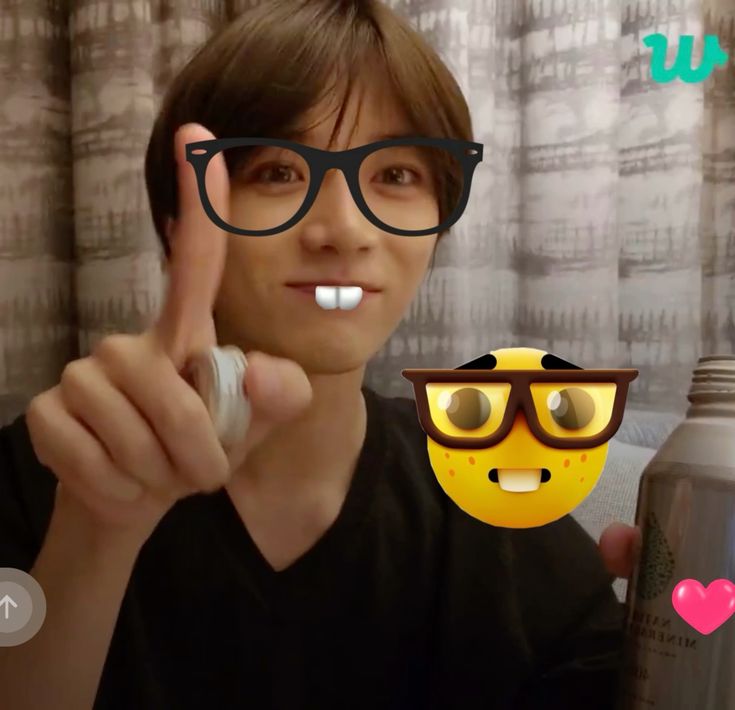
What are three areas of age-based discrimination against older adults?
Workplace discrimination, patronizing speech, and discrimination in healthcare.

examples of age based discrimination in healthcare
Mental and physical health problems are overlooked bc its assumed to be normal aging (bladder infections) less likely to receiver appropriate treatment

What are factors that contribute to the stigma of disability?
Concealability, aesthetic appeal, perceived controllability, and perceived dangerousness.

How do attitudes towards physical disabilities vary in social contexts?
While college students generally have positive attitudes, actual experiences often do not match these attitudes.
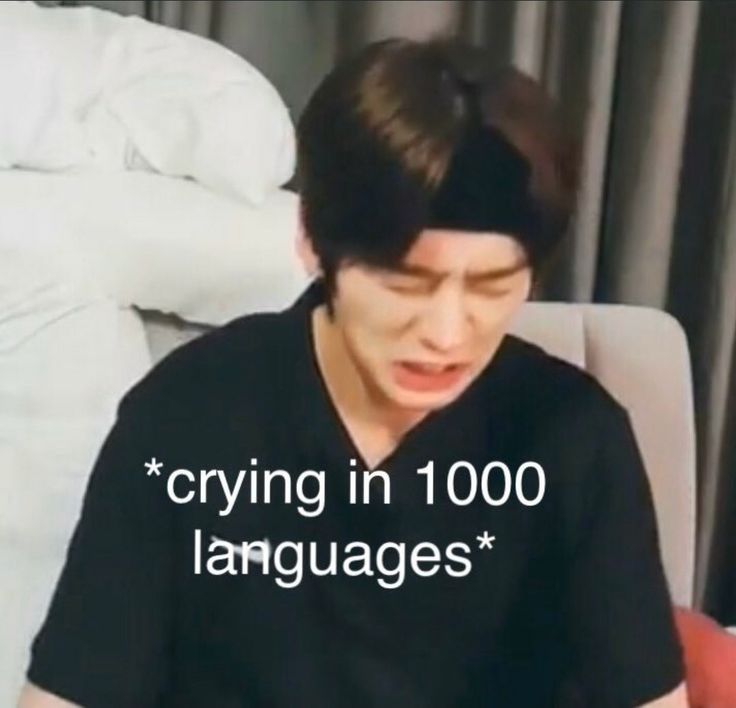
What is aesthetic anxiety?
Fear of people whose appeared deviates markedly forms usual human form or includes physical traits regarded as unappealing

What is existential anxiety?
Perceived threat that a disability could interfere w/ functional capacities deemed necessary to the pursuit of satisfied life
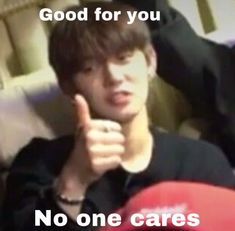
What is lookism?
The positive stereotypes, prejudice, and preferential treatment accorded to physically attractive people.

What was Rhomer & Lou vet (2018)?
Ppl w/ disabilities were consistently implicitly stereotypes as lower in warmth and lower in competence than ppl w.o
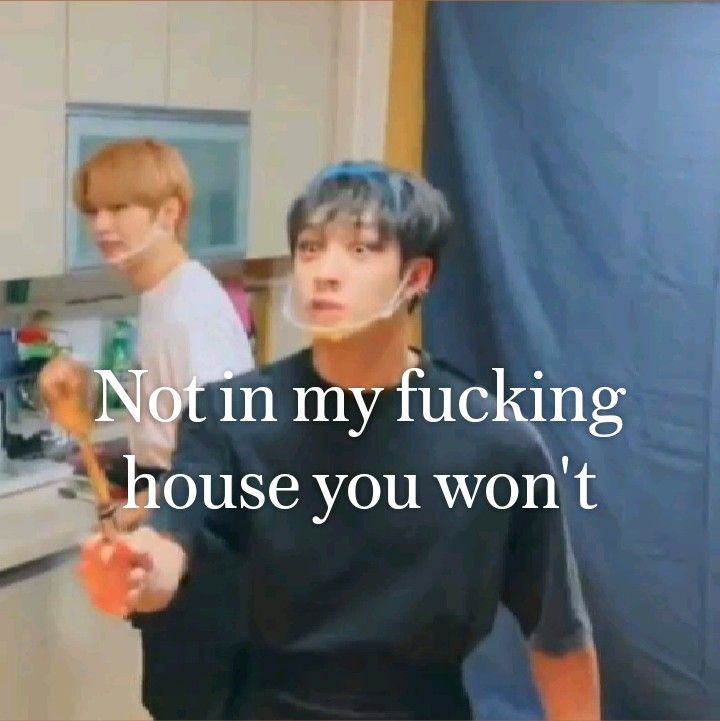
Parker, Monteith, & south (2020)
Seeing ppl w/ developmental disabilities as less than fully human predicted
-greater hostile prejudice
-less support for social policies that benefit them

What does the attribution-value model propose regarding anti-fat prejudice?
Prejudice is directed toward groups perceived to have characteristics contrary to majority group values.

What psychological effects do obese people face due to anti-fat prejudice?
Higher rates of depression, low self-esteem, and increased likelihood of eating disorders.

What are some stereotypes about individuals with mental illness?
Socially withdrawn, depressed, tense, unpredictable, dangerous, and aggressive.
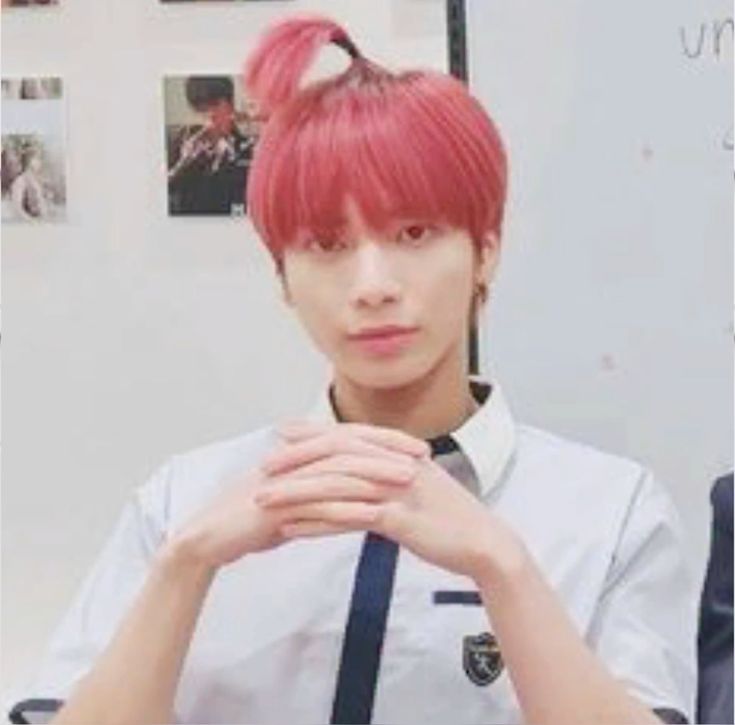
What is the relationship between perceived danger and attitudes toward mental illness?
Beliefs that mental illness is dangerous influence negative attitudes and treatment of individuals with mental health issues.
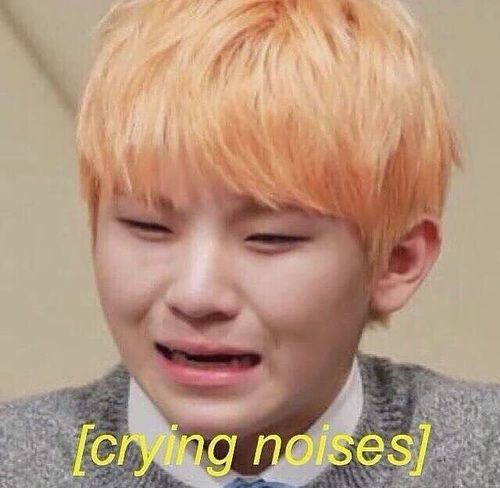
What is the difference between sex and gender?
Sex refers to biological differences, while gender refers to the roles, behaviors, and identities that society attributes to those biological differences.

What do male stereotypes involve?
Agency: concern w/ self-interest and achievement (self-confident & competitive)

What do female stereotypes involve?
Communion: concern for relationships w/ others (gentle and warm)
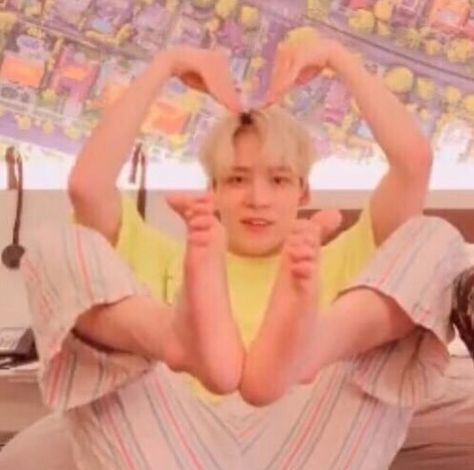
What is gender polarization?
Gender polarization is the tendency to exaggerate the differences between men and women.
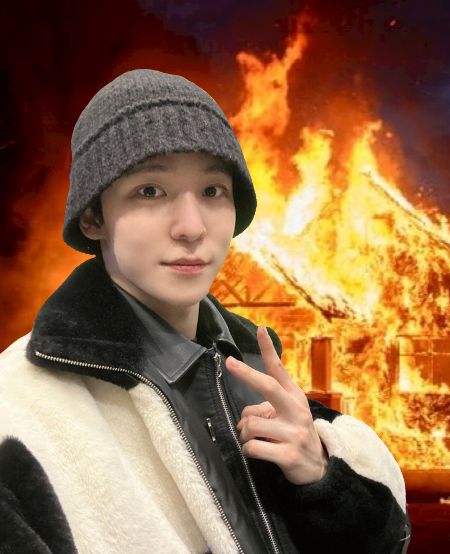
Perspective vs. descriptive
Prescriptive: “the way things should be”
Descriptive: “the way things are”
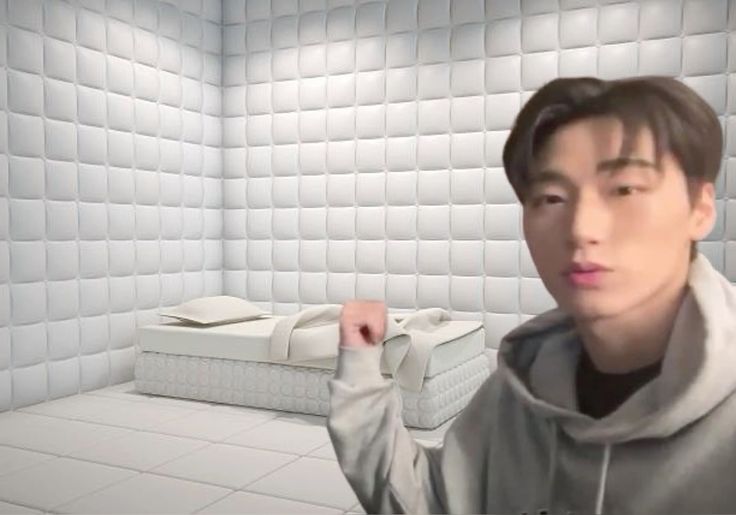
Direkman & Goodfriend (2004)
-asked p’s to rate likelihood of masculine & feminine traits
(Women were dynamic while men were stable)
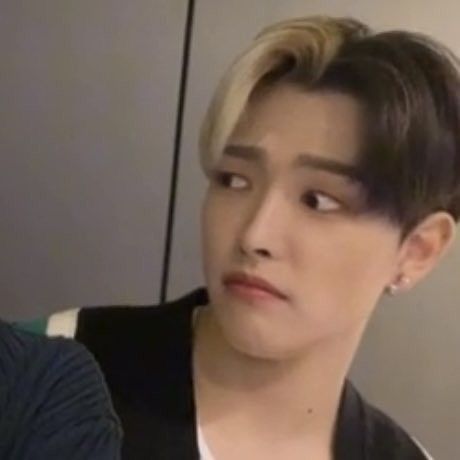
What does the term 'androcentrism' refer to?
Androcentrism is the practice of placing male human beings or a masculine point of view at the center of one's worldview.
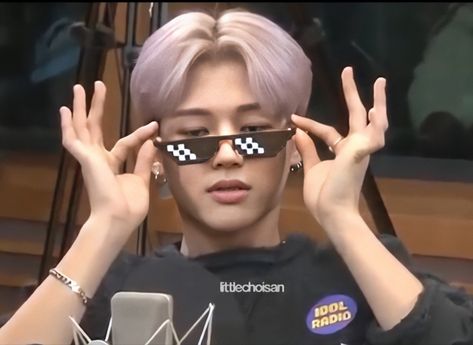
What is the 'Women are Wonderful' effect?
The belief that people generally feel more positively toward women than men, resulting in higher scores for women on measures of likeability.
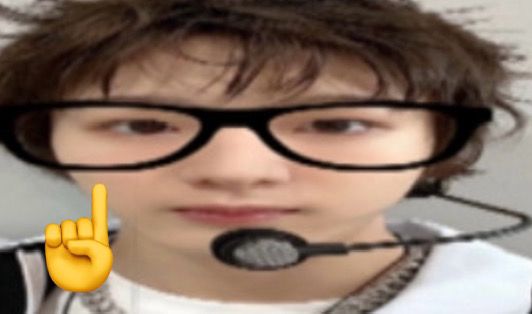
What does the term 'benevolent sexism' imply?
Benevolent sexism is the view that women are special and should be cared for, but reinforces traditional gender roles that keep women subordinate.
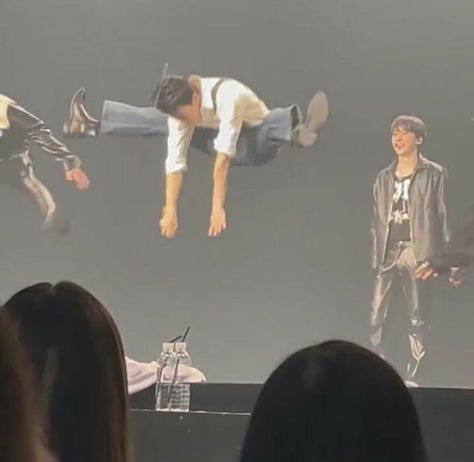
What is meant by 'hostile sexism'?
Hostile sexism is a form of sexism that openly conveys negative attitudes toward women, viewing them as less competent and subservient to men.
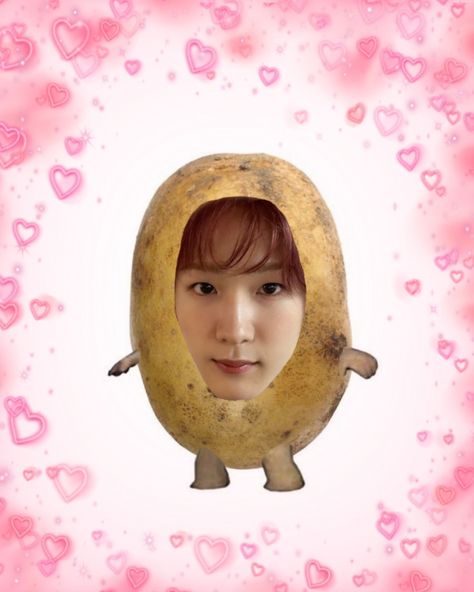
What is the wage gap?
The wage gap refers to the difference in earnings between men and women, typically measured as a percentage of men's earnings.

What are subtypes of men in stereotypes?
Common subtypes of men include 'Businessman', 'Blue collar worker', 'Family Man', 'Womanizer', and 'Loser', each with different associated traits.
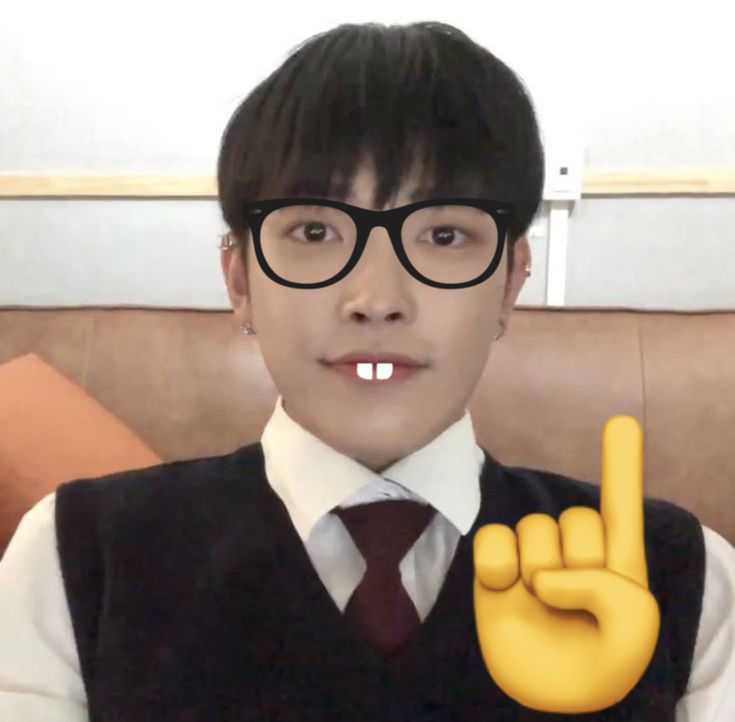
What is stereotype threat?
Stereotype threat is the anxiety experienced by individuals when they are in situations where they may confirm negative stereotypes about their social group.
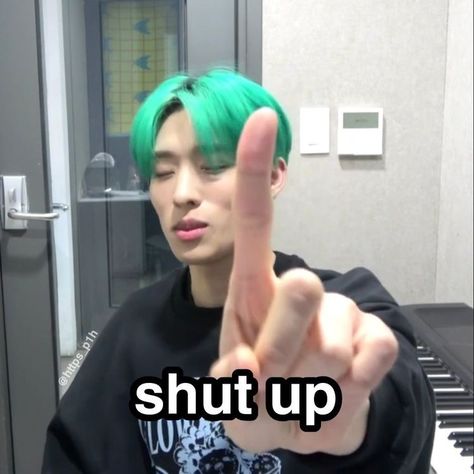
What does the Genderbread Person illustrate?
The Genderbread Person illustrates the complexity of gender identity, gender expression, biological sex, and sexual orientation.

What is the 'glass ceiling'?
The glass ceiling is the invisible barrier that prevents women and minorities from reaching the highest levels of leadership in organizations.
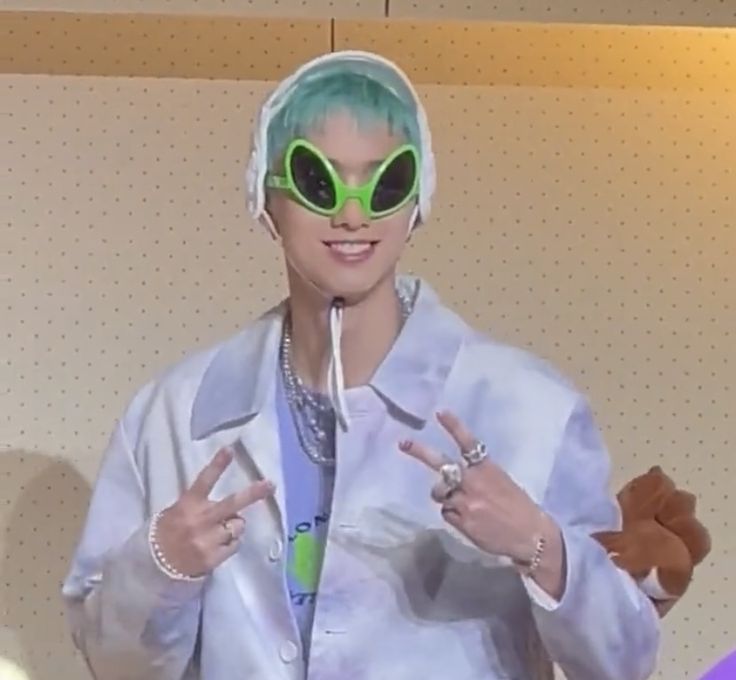
What are the 2 types of ambivalent sexism?
-Hostile sexism
-benevolent sexism

What is Hostile Sexism?
Blantant and similiar to traditional sexism
(Directed on nontraditional women degraded)

Example of hostile sexism
Women should know their place is lower than men
Women are less intelligent

What is benevolent sexism?
Women are special and should be cared for (Subtle)
Their fragile and pure

What does modern sexism deny?
Modern sexism denies the existence of discrimination against women and tends to resist social and political demands for women’s rights.

What is the significance of the Obergefell v. Hodges ruling?
The Obergefell v. Hodges ruling legalized same-sex marriage across the United States.

What are the types of sexism noted in the lecture?
The types of sexism noted are Traditional, Modern, and Ambivalent sexism.
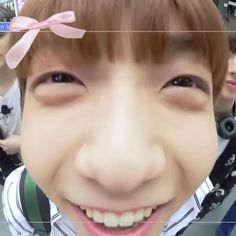
Traditional sexism examples
¡“Women are generally not as smart as men.”
“When a child in school is sick, the school should call the mother rather than the father.”

What impact does linguistic sexism have on gender perception?
Linguistic sexism reinforces gender stereotypes and implies a second-class status for women through language patterns and usage.
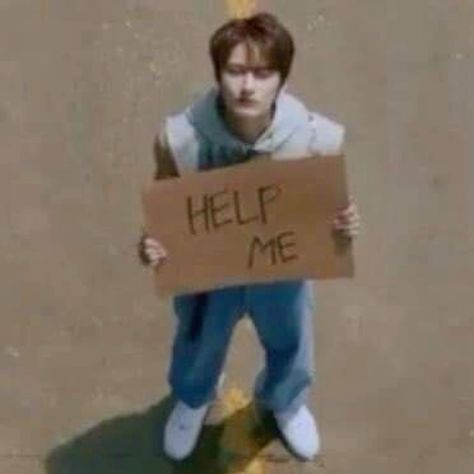
What does the term 'sexual stigma' encompass?
Sexual stigma refers to negative attitudes, beliefs, and prejudices against non-heterosexual behaviors or identities.
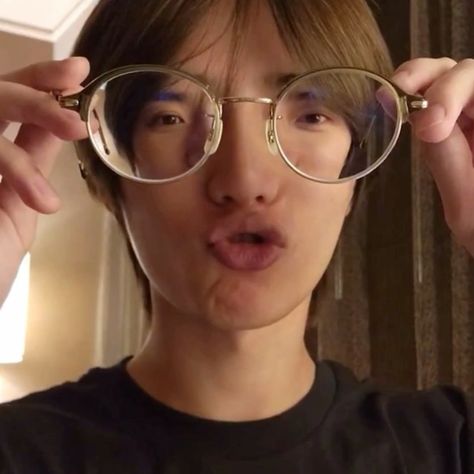
How has gender participation in the labor force changed over time?
Gender participation in the labor force has increased for women but is much more stable for men, with women still handling the majority of housework.

What is 'social role theory'?
Social role theory posits that gender differences in behavior arise from the contrasting roles that men and women occupy in society.

How do gendered expectations affect child rearing according to the lecture?
Parents interact differently with sons and daughters, giving boys more educational toys and expecting them to be more physically able than girls.
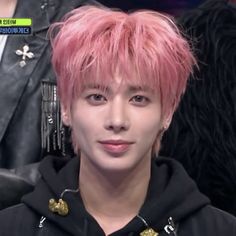
What is the 'sticky floor'?
The sticky floor refers to the phenomenon where individuals, particularly women and minorities, get stuck in low-paying jobs and cannot advance to higher positions or pay levels.
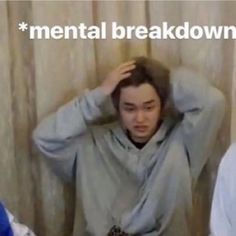
What is a glass escalator?
The glass escalator refers to the invisible advantages that men experience in female-dominated professions, allowing them to ascend to higher positions more easily than their female counterparts.

What is a glass cliff?
The glass cliff refers to a situation where women or minorities are placed in leadership roles during times of crisis, increasing their chances of failure.
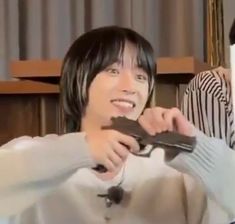
What is hypermasculinity?
Hypermasculinity is the exaggeration of traditional male gender roles, often characterized by the promotion of toughness, aggression, and the devaluation of traits traditionally considered feminine.

What is social stigma defined as?
A characteristic or group membership that is devalued by the dominant group.

What are some examples of social stigmas?
Examples include ethnicity, old age, weight, disability, socioeconomic status, and more.
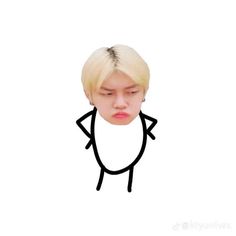
What is the difference between benign stigmas and lasting stigmas?
Benign stigmas are short lasting and can change, while lasting stigmas involve permanent devalued identities.

What is one major misconception held by majority group members regarding prejudice?
Many majority group members believe that prejudice is 'a thing of the past' and not pervasive.
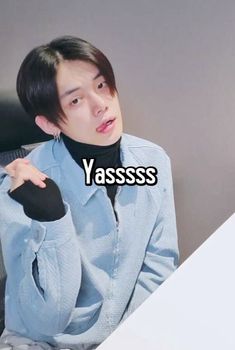
How can stigma lead to objectification?
Stigmatized individuals may be treated as objects rather than individuals, leading to subtle discrimination.
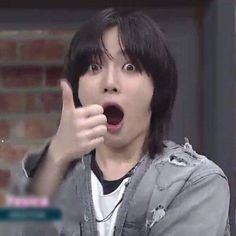
What are the key characteristics that determine the 'severity' of stigmatizing conditions?
Characteristics include course stability, concealability, aesthetic qualities, origin, and perceived danger.

What is stigma by association?
It refers to the stigmatization of individuals who associate with stigmatized groups.
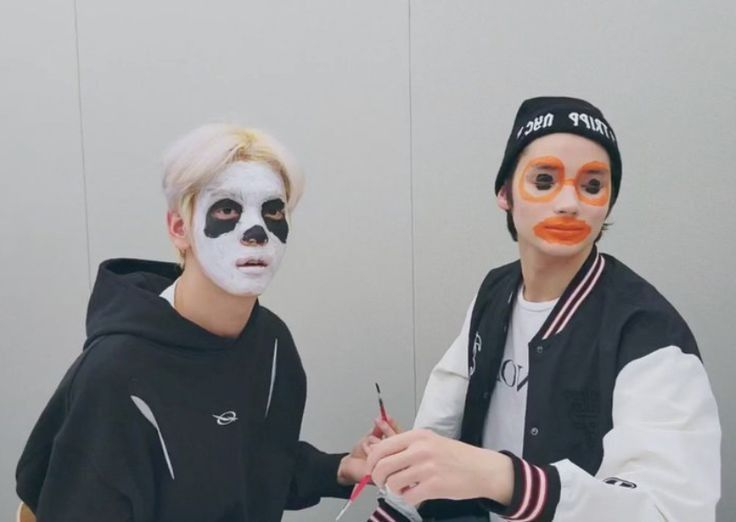
What research focus has been noted in the context of tokenism in social stigma?
Most research has focused on gender, with less on racial or ethnic minorities.
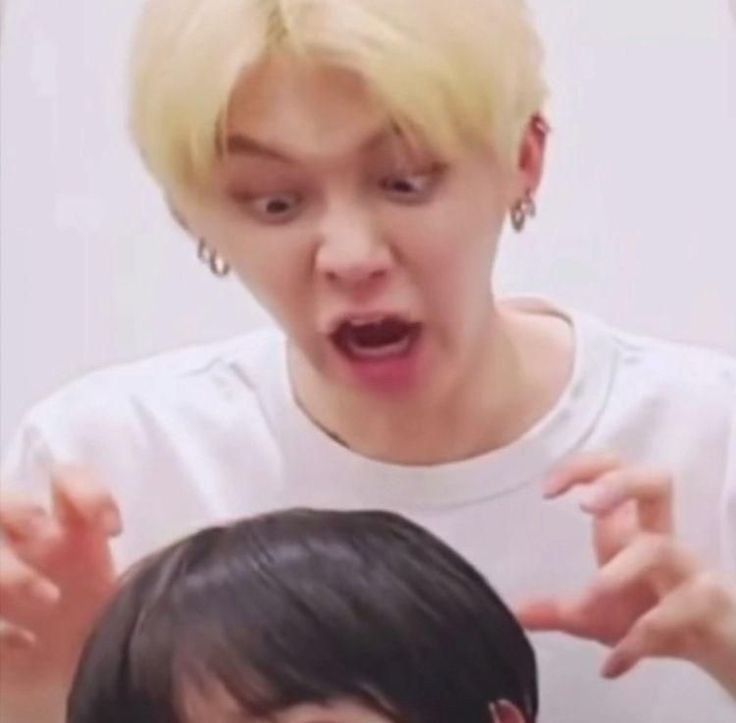
What does the Personal/Group Discrimination Discrepancy refer to?
The belief that the group as a whole is more likely to be discriminated against than individuals within that group.
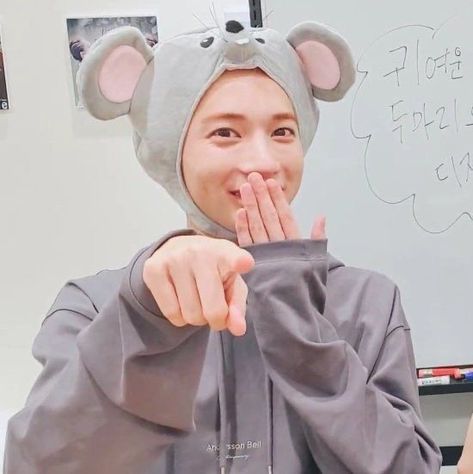
What is stereotype threat?
A situational pressure where stigmatized group members fear confirming negative stereotypes, especially in achievement contexts.
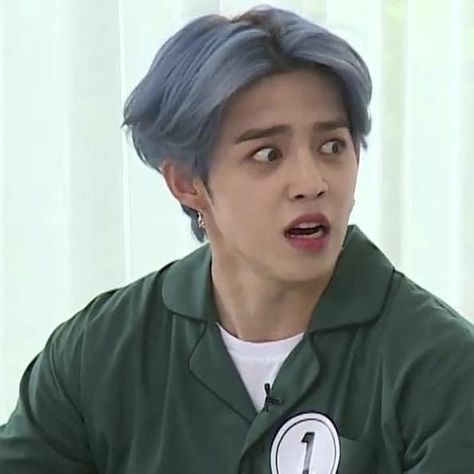
What are two strategies to combat stereotype threat?
Neutral achievement test instructions and providing role models.
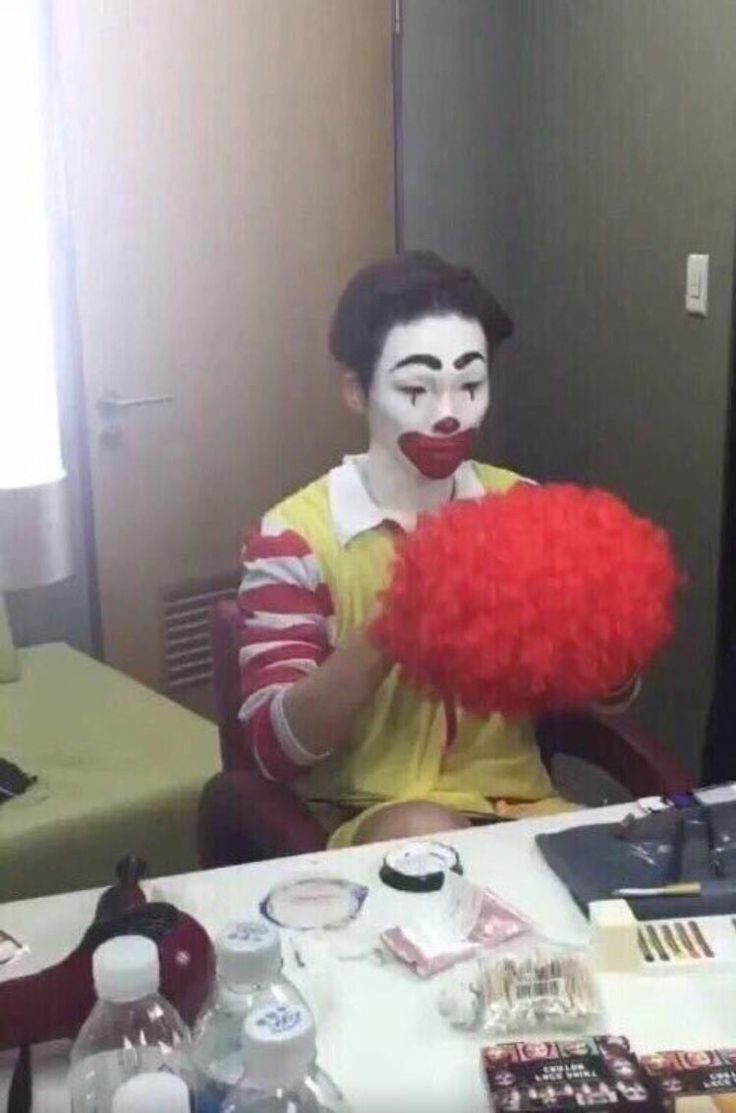
What defines blatant discrimination?
Blatant discrimination is characterized by intentional, visible, and easily documented unequal treatment.
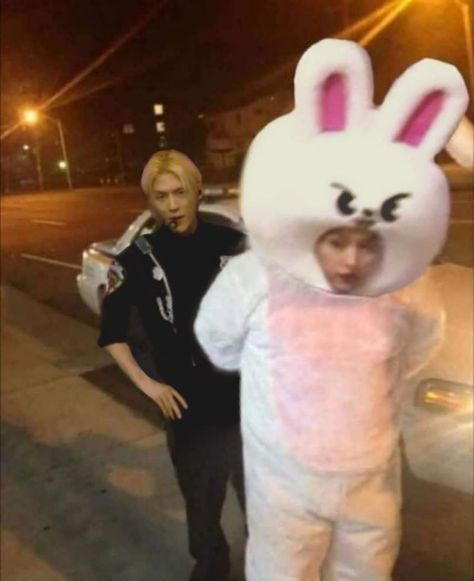
What are microaggressions?
Microaggressions are small-scale, everyday verbal and nonverbal behaviors that demean members of other social groups.

What is covert discrimination?
Covert discrimination refers to hidden, purposeful, and maliciously motivated unequal treatment.

What happens when individuals realize they've discriminated?
Individuals may feel guilty and change their behavior in the future to reduce prejudice.

What are the three types of discrimination mentioned?
The three types of discrimination are blatant, subtle, and microaggressions.
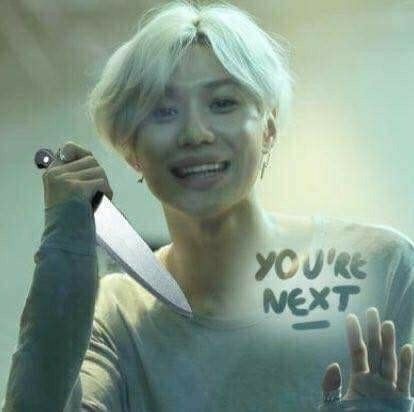
What is subtle discrimnation?
Typically less above ours and harder to document (may be intentional)
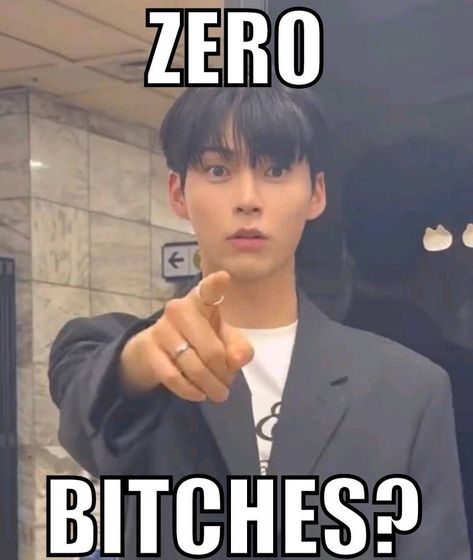
What is the correlation between prejudice and discrimination?
The correlation between prejudice and discrimination is approximately 0.45.
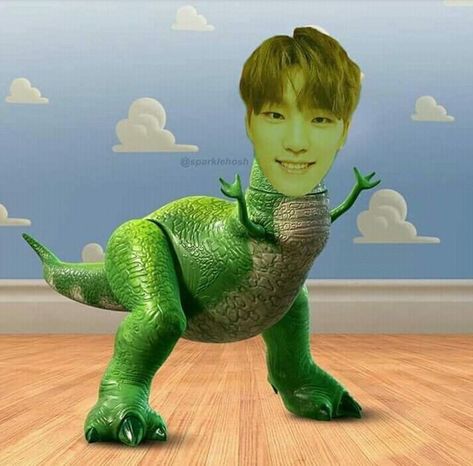
What was LaPiere's classic study about?
LaPiere's study in 1934 involved a Chinese couple traveling and finding that only one out of 66 motels denied service, despite a later survey showing 92% of proprietors said they would not rent to Chinese people.

What role do social norms play in discrimination?
Social norms can reduce discrimination if they oppose prejudice, having the largest effect on individuals who strongly identify with the group.

How does 'shifting standards' affect performance evaluations?
Shifting standards lead evaluators to hold lower performance expectations for women and minorities, affecting their promotion rates despite equal evaluations.
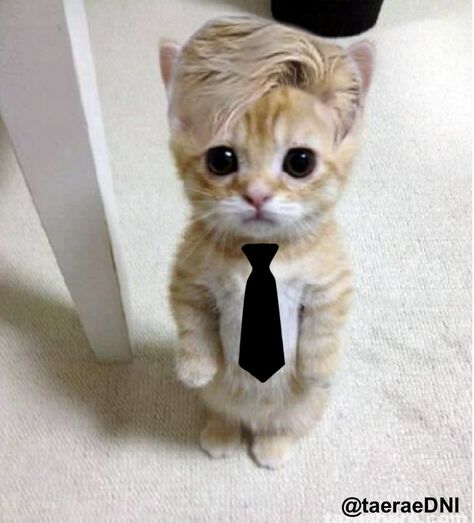
What are hate crimes defined as?
Hate crimes are criminal offenses motivated by bias against a victim's race, ethnicity, national origin, religion, disability, or sexual orientation.
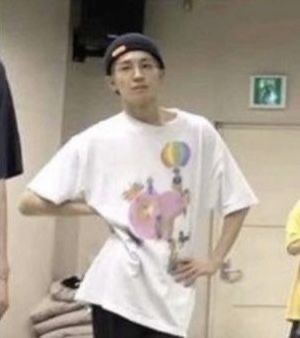
What is discrimination?
Discrimination is the unfair treatment of individuals based on characteristics such as race, gender, age, or disability.
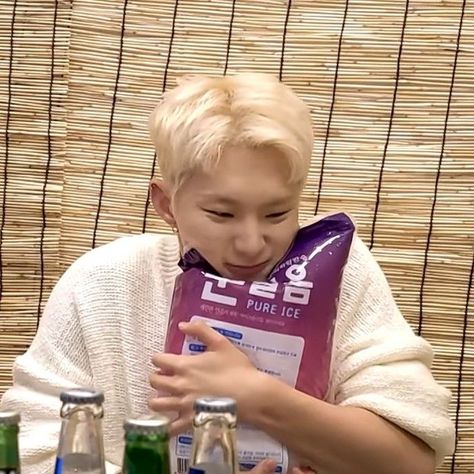
What is a key feature of blatant discrimination?
A key feature of blatant discrimination is that it is intentional and easily observable.
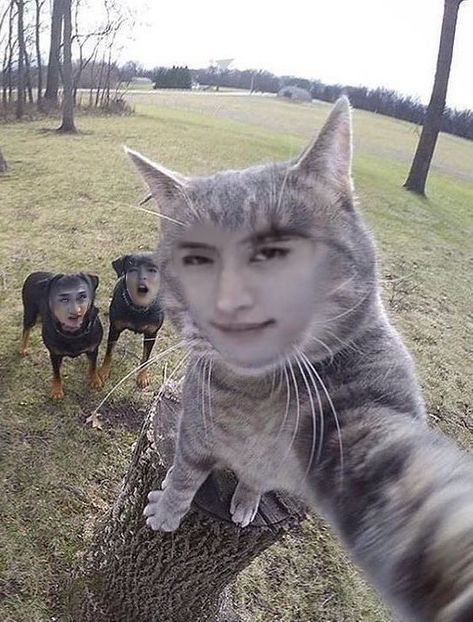
Can microaggressions be considered harmful?
Yes, microaggressions can be harmful as they contribute to a hostile environment for affected groups.
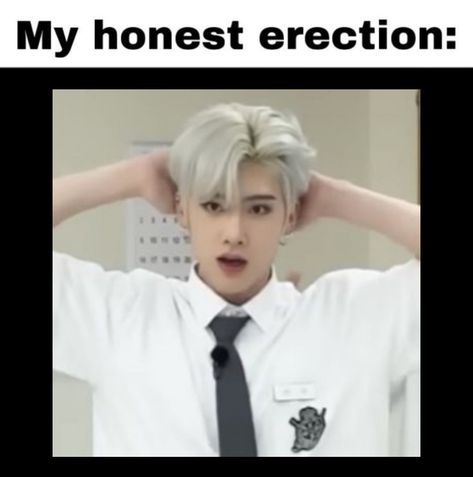
What distinguishes covert discrimination from blatant discrimination?
Covert discrimination is hidden and may not be easily recognizable, unlike blatant discrimination.
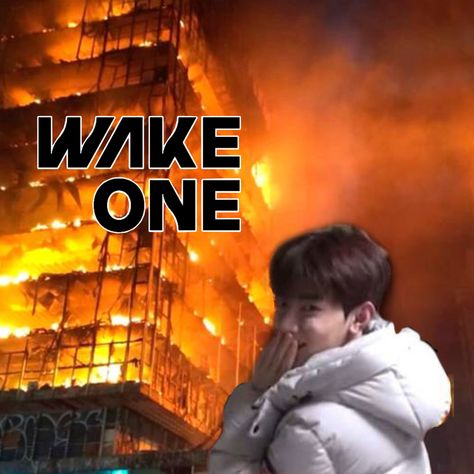
How can individuals combat their prejudiced behavior?
Individuals can combat prejudiced behavior by recognizing it and actively seeking to change their attitudes and actions.
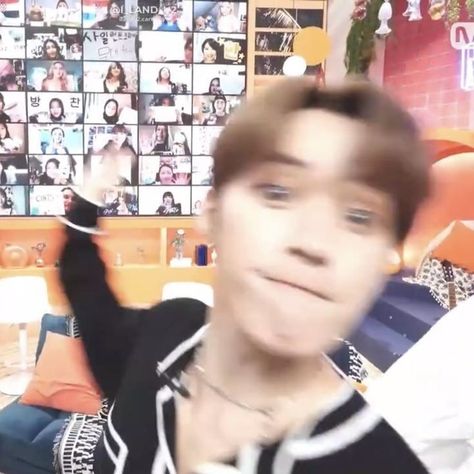
In what context did LaPiere conduct his study?
LaPiere conducted his study in the context of racial discrimination in service industries.
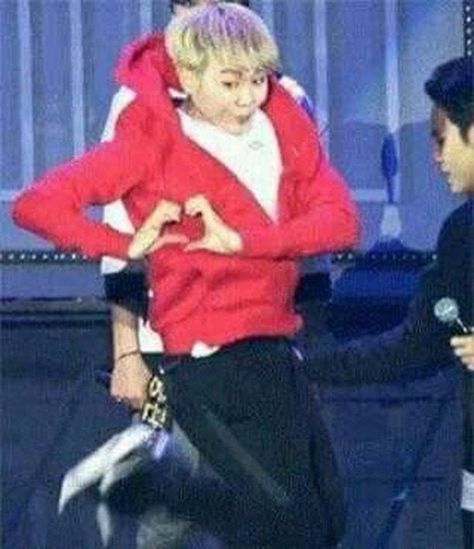
What are personal stereotypes?
Personal beliefs about the characteristics of outgroup members (Discrimination when target fits out stereotypes
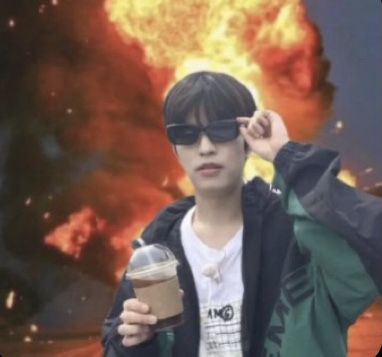
What is attitude behavior correspondence?
Strongest correspondence when attitude and behavior match
explicit attitudes —> controllable behavior
Implicit attitudes —> automatic behavior

What is perceived social support?
When we believe our attitudes are shared by others, we are more likely to act on them.

People don’t always act on their prejudice due to
1) social norms
2) personal values
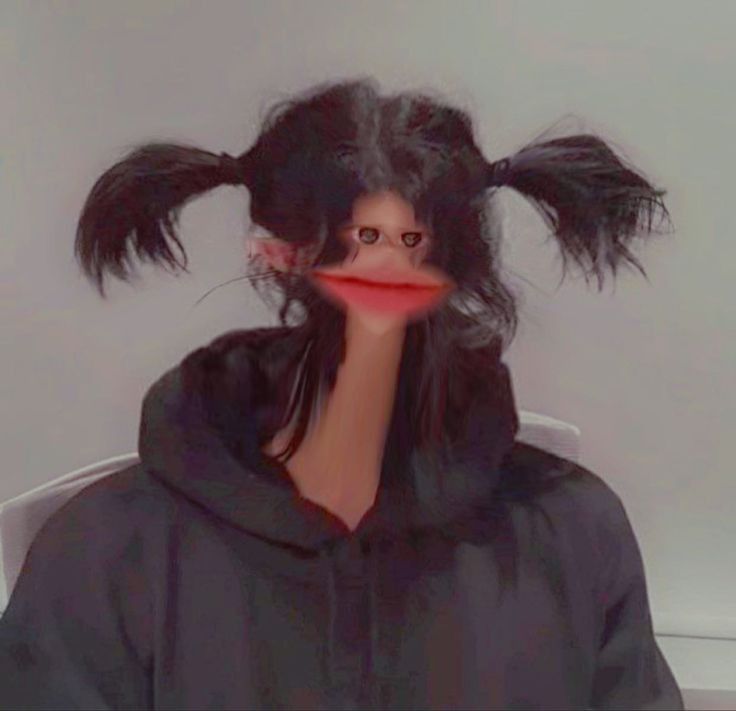
What is the motivation to control prejudice?
Mere presence of outgroup member reminds people of their personal commitment to egalitarianism AND reduces likelihood of stereotype activation
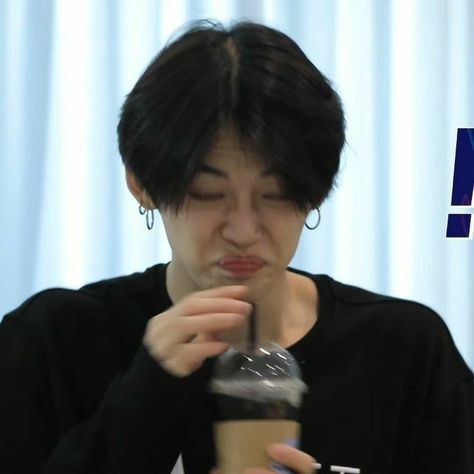
What are social norms?
Informal rules describing how to be a good group member
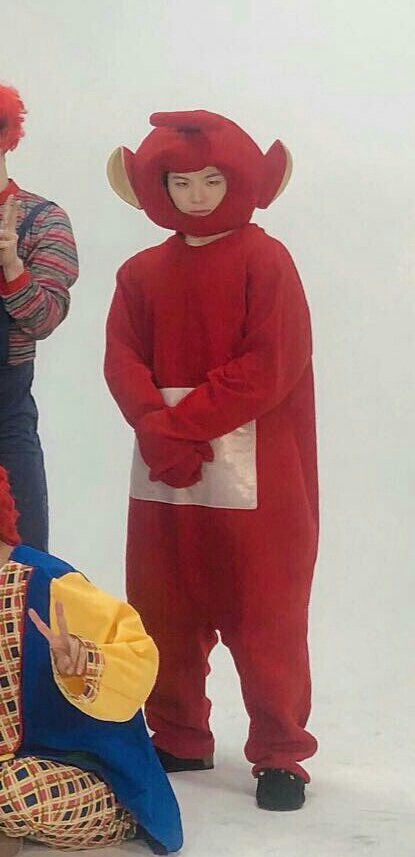
What effect do social norms have on discrimination?
Social norms can either perpetuate or reduce discrimination depending on whether they support prejudiced beliefs or promote equality.
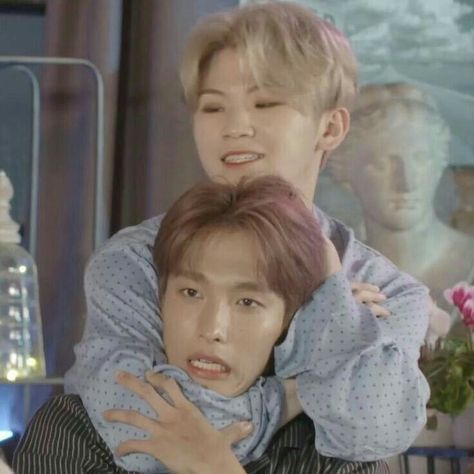
What is the impact of shifting standards on performance reviews?
Shifting standards may lead to biased evaluations, causing underrepresentation in promotions for women and minorities.
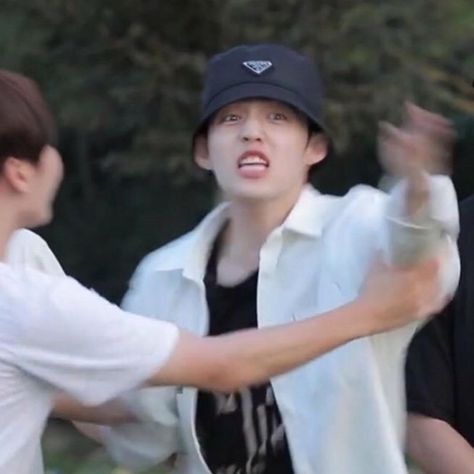
What types of motivations do hate crimes reflect?
Hate crimes reflect motivations of bias or prejudice against a person’s identity or background.
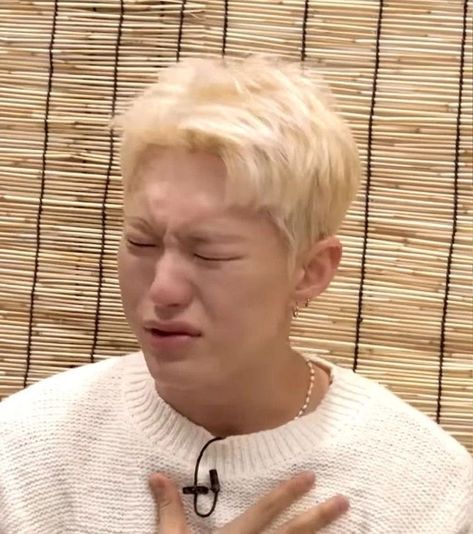
Are individuals who witness discrimination likely to intervene?
Witnesses of discrimination may hesitate to intervene due to fear of social backlash or feeling unempowered.
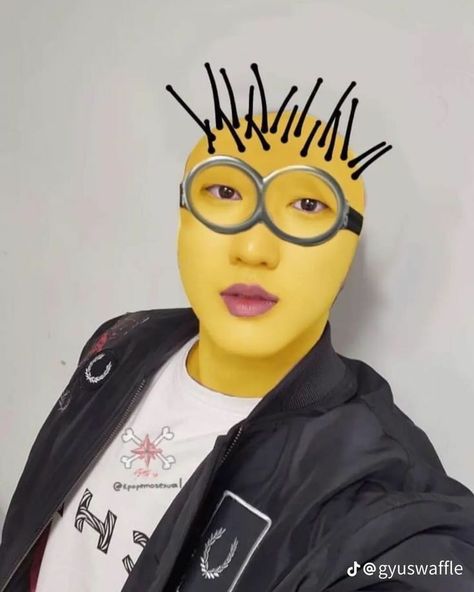
What is the definition of hate speech?
Hate speech is any kind of communication that promotes discrimination, prejudice, or violence against individuals based on characteristics such as race, religion, sexual orientation, or nationality.
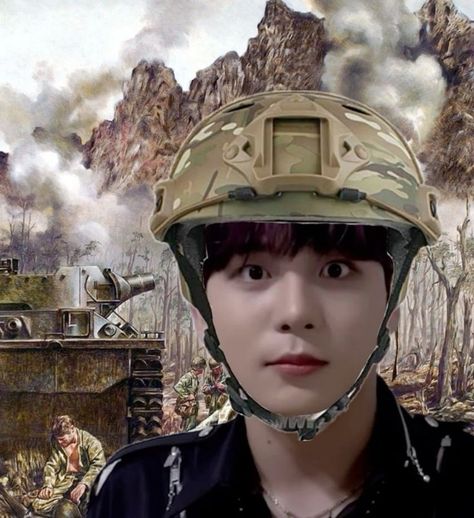
How can microaggressions manifest in daily life?
Microaggressions can manifest as subtle insults, dismissive comments, or unconscious biases reflected in language and behavior towards marginalized groups.
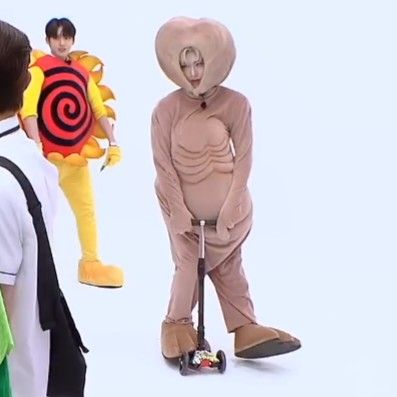
What is institutional discrimination?
Institutional discrimination refers to policies or practices within institutions that result in unequal treatment of certain groups, often unintentionally.
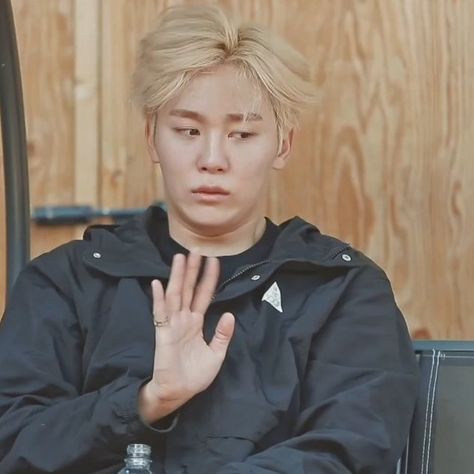
What is the difference between individual and systemic discrimination?
Individual discrimination occurs on a personal level, while systemic discrimination refers to ingrained policies and practices that collectively disadvantage certain groups.
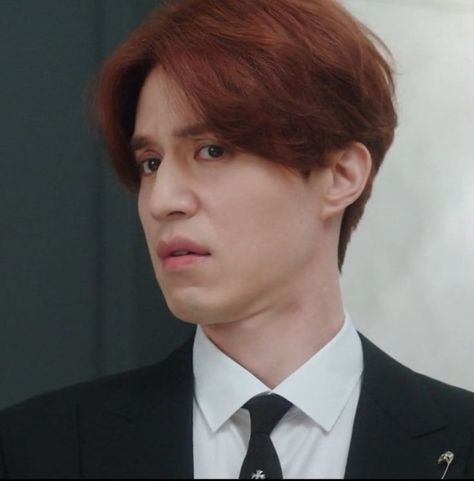
How can bystanders support victims of discrimination?
Bystanders can support victims by speaking out against discriminatory behavior, offering emotional support, or reporting incidents to authorities.
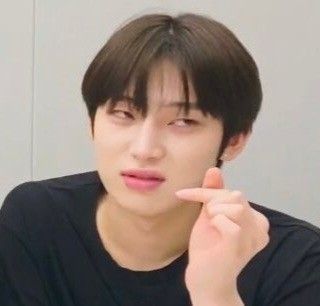
What are some consequences of discrimination in the workplace?
Consequences of workplace discrimination can include decreased employee morale, reduced productivity, higher turnover rates, and potential legal ramifications.
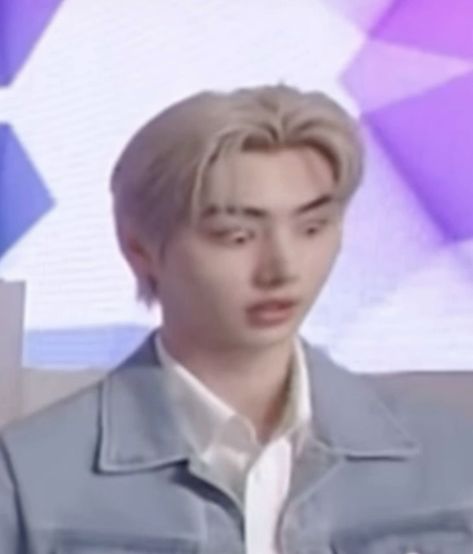
What is implicit bias?
Implicit bias refers to unconsciously held attitudes or stereotypes that affect understanding, actions, and decisions regarding others.
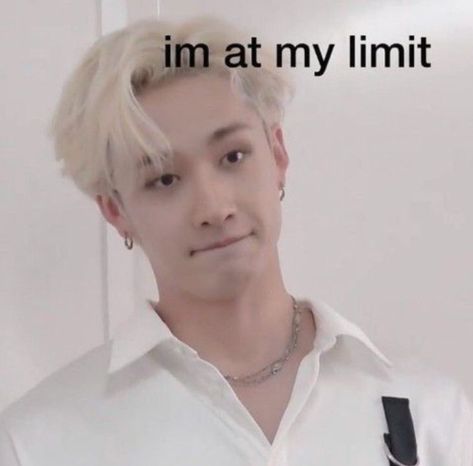
How does the media contribute to perceptions of discrimination?
The media can shape perceptions of discrimination by highlighting or downplaying incidents, representing marginalized groups stereotypically or positively.

What is the role of education in combating discrimination?
Education plays a critical role in raising awareness about discrimination, promoting empathy, and providing tools for individuals to challenge prejudiced beliefs.
